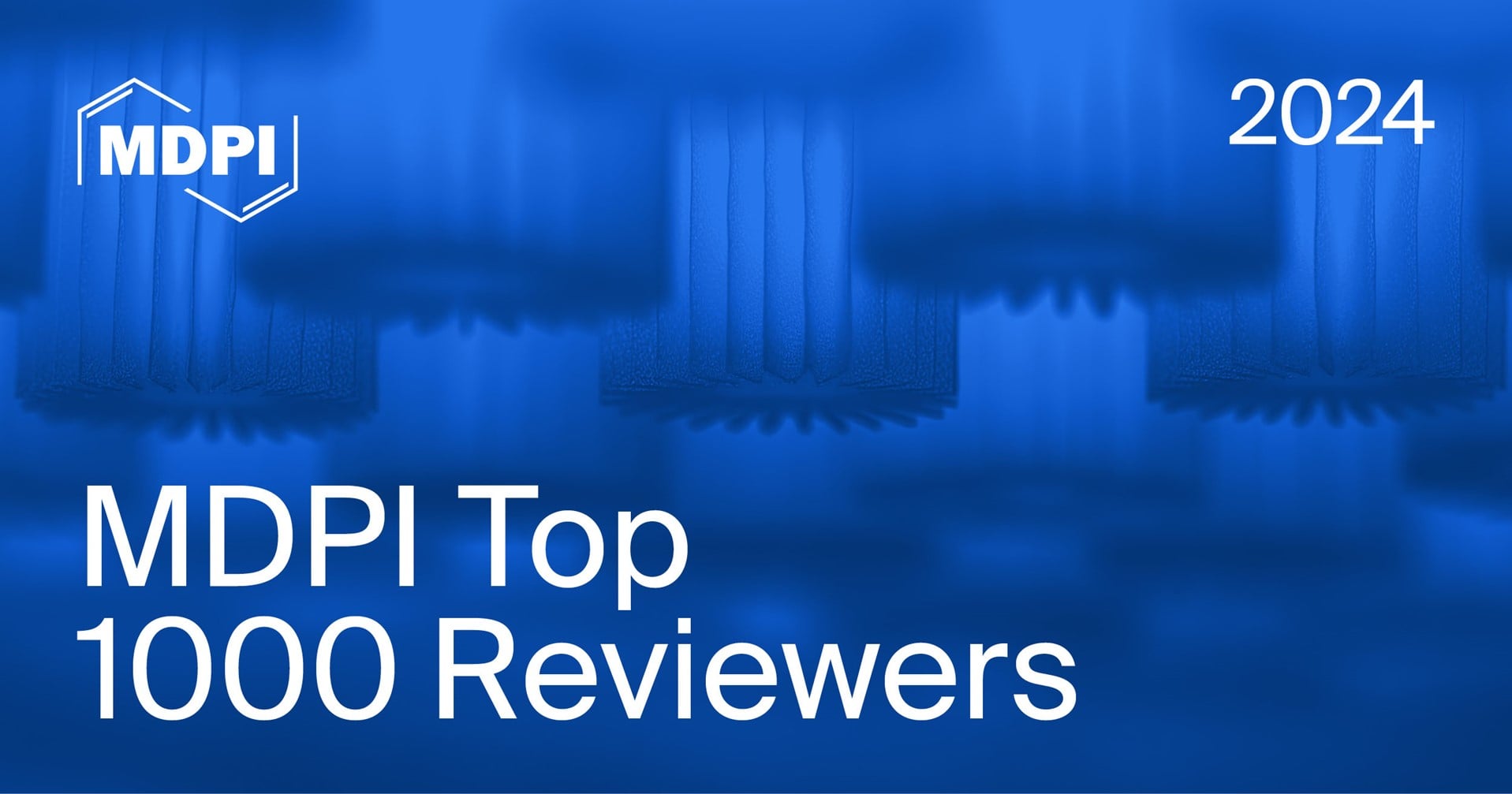-
 Digital Entanglement: The Influence of Internet Addiction and Negative Affect on Memory Functions—A Structural Approach
Digital Entanglement: The Influence of Internet Addiction and Negative Affect on Memory Functions—A Structural Approach -
 I Can’t Get No Satisfaction? From Reviews to Actionable Insights: Text Data Analytics for Utilizing Online Feedback
I Can’t Get No Satisfaction? From Reviews to Actionable Insights: Text Data Analytics for Utilizing Online Feedback -
 Motivational Teaching Techniques in Secondary and Higher Education: A Systematic Review of Active Learning Methodologies
Motivational Teaching Techniques in Secondary and Higher Education: A Systematic Review of Active Learning Methodologies
Journal Description
Digital
- Open Access— free for readers, with article processing charges (APC) paid by authors or their institutions.
- High Visibility: indexed within Scopus, Ei Compendex, EBSCO, and other databases.
- Rapid Publication: manuscripts are peer-reviewed and a first decision is provided to authors approximately 33.9 days after submission; acceptance to publication is undertaken in 3.6 days (median values for papers published in this journal in the first half of 2025).
- Journal Rank: CiteScore - Q2 (Computer Science (miscellaneous))
- Recognition of Reviewers: APC discount vouchers, optional signed peer review, and reviewer names published annually in the journal.
- Journal Cluster of Information Systems and Technology: Analytics, Applied System Innovation, Cryptography, Data, Digital, Informatics, Information, Journal of Cybersecurity and Privacy and Multimedia.
Latest Articles
Highly Accessed Articles
Latest Books
E-Mail Alert
News
Topics
Deadline: 30 June 2026
Deadline: 30 November 2026
Deadline: 1 May 2027
Deadline: 8 July 2028
Conferences
Special Issues
Deadline: 25 February 2026
Deadline: 31 March 2026
Deadline: 30 June 2026


























